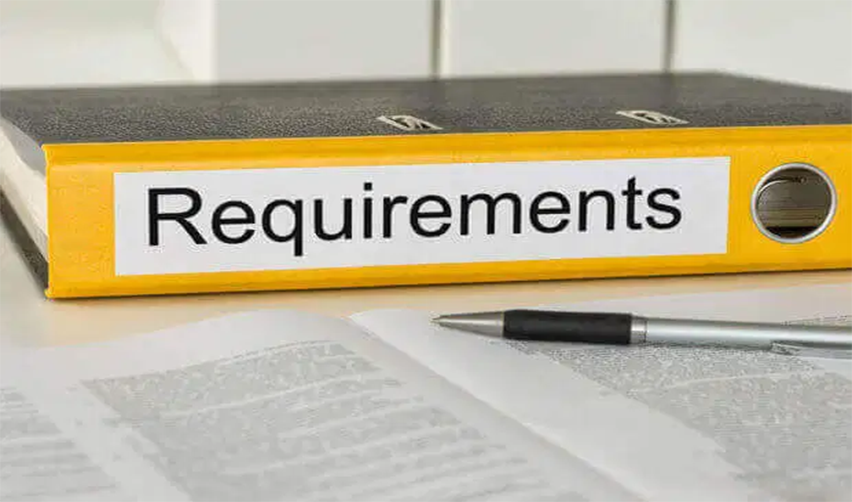If you’re a foreign investor dreaming of a life in the United States, the EB-5 Immigrant Investor Program might be just the program you’ve been looking for. In exchange for an investment in an EB-5 project, you and your family (spouse and unmarried children younger than 21) can apply for green cards and enjoy the many benefits of U.S. permanent residence. However, your EB-5 investment must satisfy numerous requirements before you can receive unconditional permanent resident status in the United States:
- Your investment must meet the EB-5 minimum investment amount requirements—$900,000 if the project is in a targeted unemployment area (TEA) or $1.8 million if it is not.
- Your investment must generate the creation of at least 10 new full-time jobs that are occupied by U.S. citizens or residents and last for at least 24 months.
- Your investment capital must remain at risk until you receive your I-829 approval.
- Your investment must have been obtained legally. EB-5 investors are required to demonstrate the lawful sources of their EB-5 capital as well as the additional $50,000 to $80,000 they incur in fees.
- You must engage in managerial work in the new commercial enterprise (NCE). This requirement is particularly important if you have invested directly in an EB-5 project. If you have invested through a regional center, minimum managerial involvement is required.
Conducting Due Diligence
Before you invest in an EB-5 project, it is crucial that you conduct thorough due diligence, as you could otherwise be exposing yourself to significant financial and immigration risk. Be sure to carefully read through the project’s documents and consult with the project developers about any concerns you have. After determining a suitable EB-5 project, investors are strongly advised to work with an experienced immigration attorney to review the applicable laws and regulations. The final step is to transfer the $900,000 or $1.8 million into the account designated in the project documents—this is often an escrow account.
Investing in a TEA Project
Naturally, most EB-5 investors prefer to invest the lower minimum required investment amount—$900,000. To qualify, your chosen EB-5 project must be located in a TEA. There are two types of TEAs—high unemployment TEAs and rural TEAs. Here, “rural” is defined as having fewer than 20,000 residents.
EB-5 Project Requirements
To qualify as an EB-5-eligible project, a project must be a for-profit business whose business activities are lawful and are intended to last indefinitely, termed a “new commercial enterprise.” The NCE may be anything from a corporation, to a sole proprietorship, to a joint venture, but it must have been established after November 29, 1990.
Creating 10 Jobs
The most difficult requirement to satisfy is funding the creation of at least 10 new full-time jobs for legal workers in the United States. The satisfaction of this requirement depends on the success of the investment, which is why it is vital to conduct careful and thorough due diligence.
The job requirement is more difficult to meet if you invest directly in an EB-5 project. In this case, you can only count direct jobs, which are construction jobs and jobs on the payroll of the NCE.
The job creation requirements are relaxed if you invest via a regional center. In this case, you can count indirect and induced jobs alongside direct jobs. Indirect jobs are created by the EB-5 project purchasing goods or services for the construction and operation of the project, while induced jobs are created by the employees of the NCE spending their wages in the local community. If you include indirect and induced jobs in your job count, you must have a third-party economist calculate the economic impact through credible economic and statistical calculation approaches.







